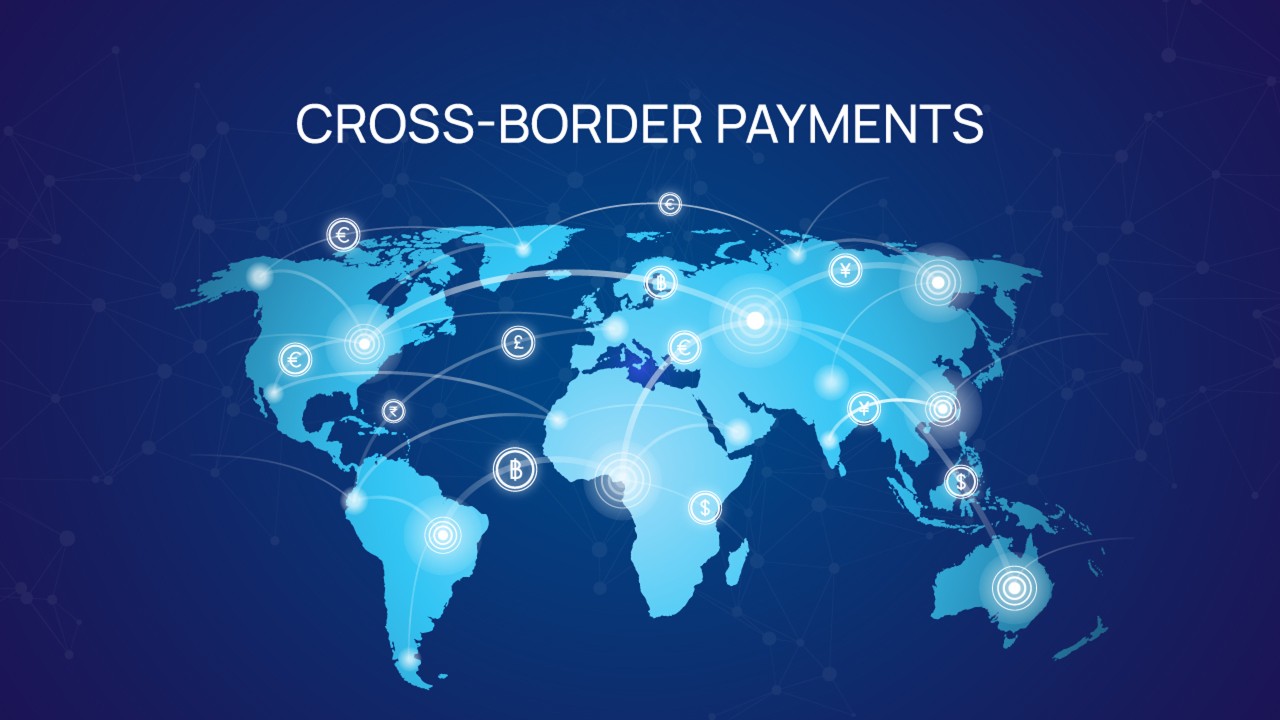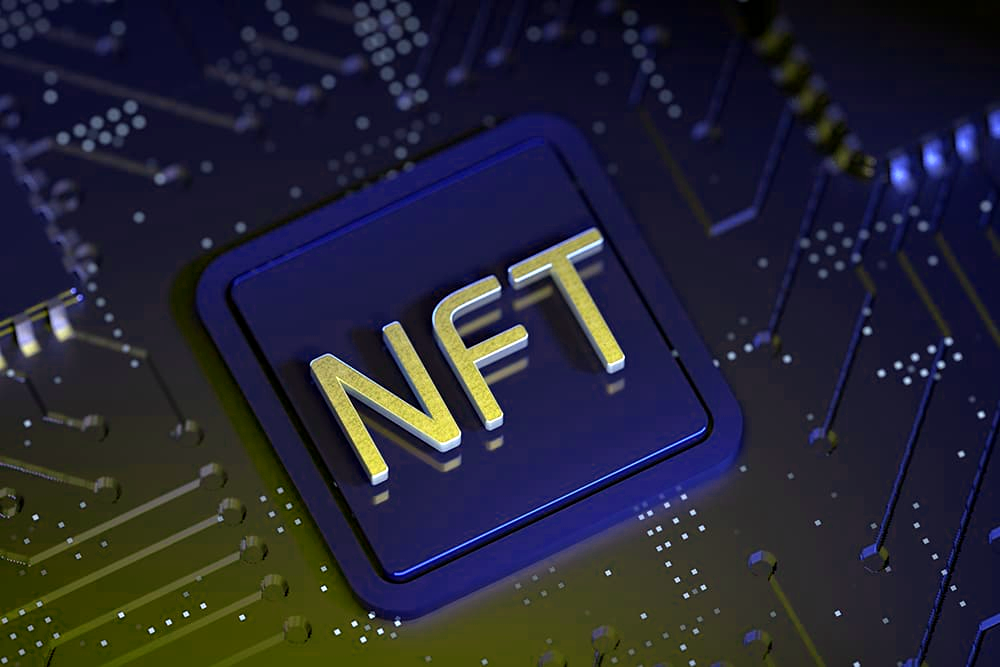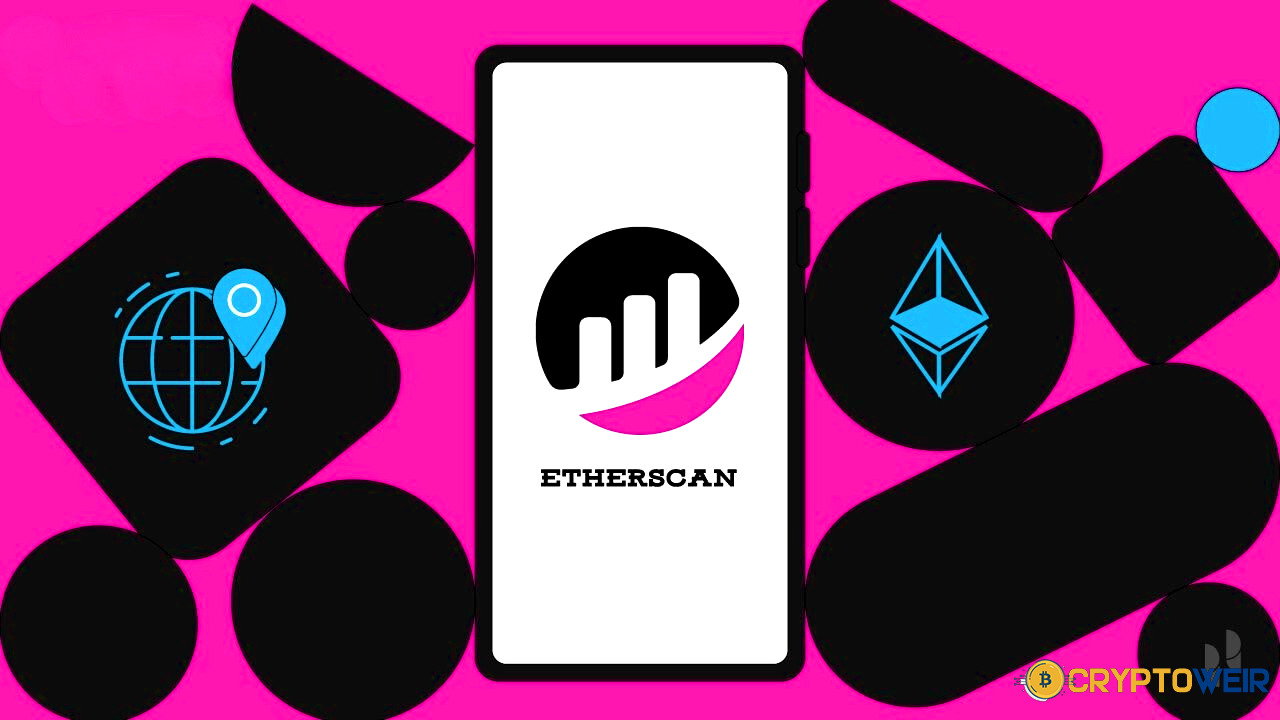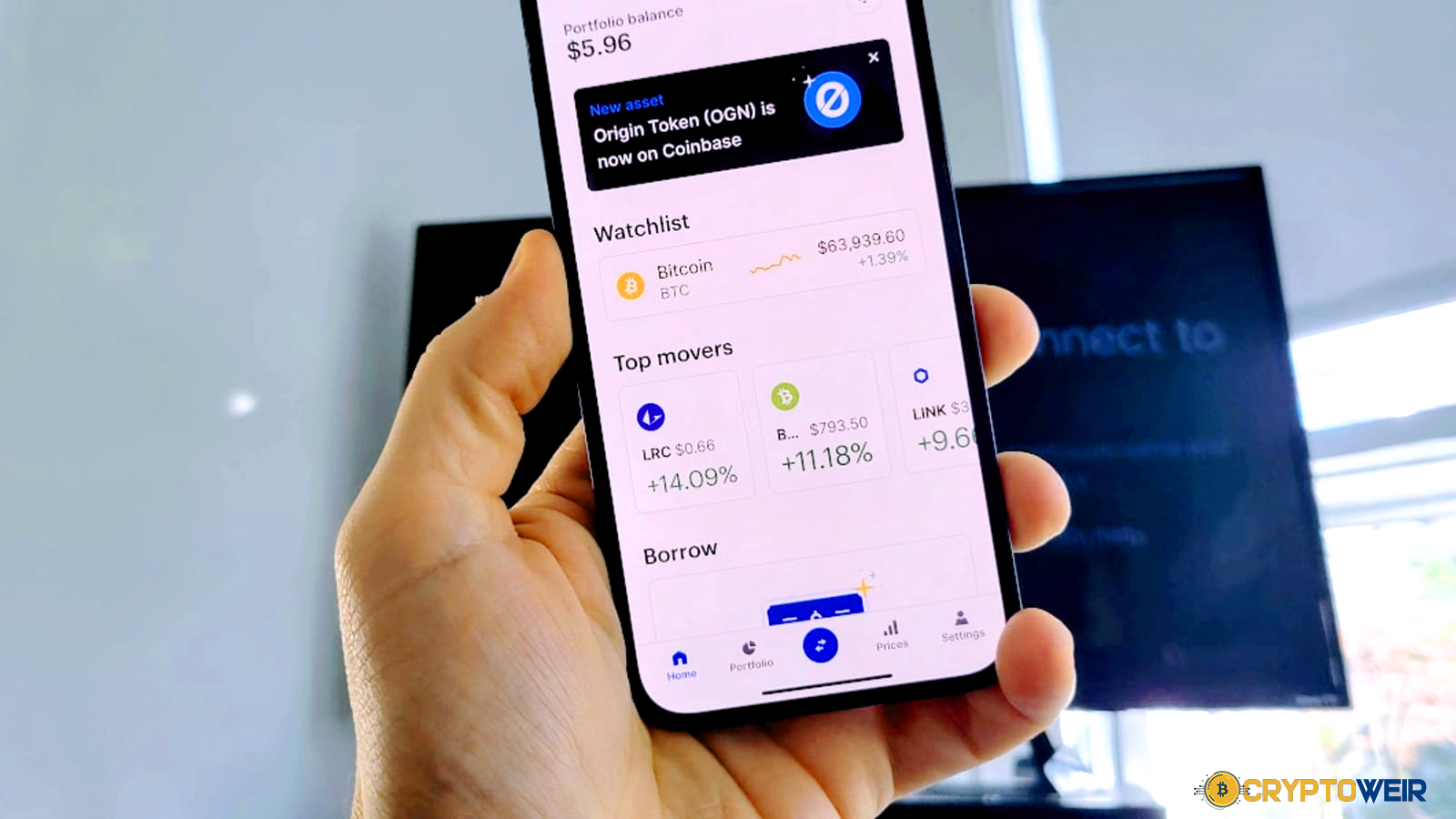5 Revolutionary Blockchain Breakthroughs Transforming Finance

The global blockchain landscape has experienced unprecedented growth, with the technology evolving from a niche cryptocurrency foundation to a transformative force reshaping the entire financial ecosystem. As we navigate through 2025, blockchain breakthroughs are fundamentally altering how we conceptualize money, banking, and financial services.
Traditional financial institutions, once skeptical of distributed ledger technology, are now embracing blockchain solutions with remarkable enthusiasm. Blockchain Breakthroughs Transforming Finance: The paradigm shift represents more than technological advancement—it’s a complete reimagining of financial infrastructure that promises enhanced security, reduced costs, and unprecedented accessibility.
The financial sector stands at the precipice of revolutionary change, driven by innovative blockchain applications that eliminate intermediaries, reduce transaction fees, and provide financial services to previously underserved populations. From decentralized finance platforms processing billions in daily transactions to central bank digital currencies reshaping monetary policy, blockchain technology is creating new possibilities that seemed impossible just a decade ago.
This comprehensive exploration examines five pivotal blockchain innovations that are not merely improving existing financial processes but creating entirely new paradigms. These breakthroughs demonstrate how cryptocurrency and blockchain technology extend far beyond digital payments, encompassing everything from automated lending protocols to transparent supply chain financing.
The implications of these developments extend beyond technical specifications, touching fundamental aspects of economic sovereignty, financial inclusion, and global commerce. As we delve into each breakthrough, we’ll uncover how these technologies are solving real-world problems while creating opportunities for innovation that traditional financial systems simply cannot match.
1. Decentralized Finance (DeFi): Reimagining Traditional Banking
The DeFi Revolution Explained
Decentralized Finance represents perhaps the most significant blockchain breakthrough in recent years, fundamentally challenging the traditional banking model. Unlike conventional financial systems that rely on centralized institutions, DeFi platforms operate through smart contracts on blockchain networks, creating a trustless environment where financial services are automated and transparent.
The DeFi ecosystem has grown exponentially, with total value locked (TVL) reaching unprecedented levels. This growth reflects increasing confidence in blockchain-based financial services and demonstrates the practical viability of decentralized applications in real-world scenarios.
Key DeFi Innovations Transforming Finance
Automated Market Makers (AMMs) have revolutionized trading by eliminating the need for traditional order books. These blockchain protocols use mathematical formulas to price assets and provide liquidity, enabling 24/7 trading without intermediaries. Popular platforms like Uniswap and SushiSwap have processed hundreds of billions in trading volume, proving the effectiveness of this approach.
Yield farming and liquidity mining have created new income opportunities for cryptocurrency holders. These mechanisms incentivize users to provide liquidity to DeFi protocols by offering token rewards, creating a self-sustaining ecosystem where participants are compensated for contributing to network stability.
Flash loans represent another groundbreaking innovation, allowing users to borrow large amounts without collateral, provided the loan is repaid within the same transaction. This mechanism enables arbitrage opportunities and complex financial strategies previously impossible in traditional finance.
DeFi’s Impact on Financial Inclusion
Decentralized finance has democratized access to financial services, particularly benefiting underbanked populations worldwide. By removing geographical restrictions and reducing minimum deposit requirements, DeFi platforms provide banking services to millions who previously lacked access to traditional financial institutions.
The programmable nature of smart contracts enables the creation of sophisticated financial products without requiring extensive regulatory approval processes. This flexibility has spawned innovations like synthetic assets, prediction markets, and algorithmic stablecoins, expanding the range of available financial instruments.
2. Central Bank Digital Currencies (CBDCs): Digital Sovereign Money
Understanding the CBDC Phenomenon
Central Bank Digital Currencies represent a paradigm shift in monetary policy and payment systems. Unlike cryptocurrencies that operate independently of government control, CBDCs are digital versions of fiat currencies issued and controlled by central banks, combining the benefits of blockchain technology with regulatory oversight.
More than 100 countries are currently exploring or developing CBDC initiatives, recognizing the potential for these digital currencies to modernize payment infrastructure while maintaining monetary sovereignty. This widespread adoption demonstrates the growing acceptance of blockchain solutions within traditional financial institutions.
Technical Architecture of CBDCs
Most CBDC projects utilize distributed ledger technology to ensure transaction transparency and immutability while maintaining centralized control over monetary policy. The technical design varies significantly between implementations, with some favoring permissioned blockchains that restrict network participation to authorized entities.
Privacy considerations play a crucial role in CBDC development, balancing the need for transaction monitoring with user privacy rights. Advanced cryptographic techniques like zero-knowledge proofs are being explored to enable selective disclosure of transaction information.
CBDCs vs Traditional Payment Systems
Central Bank Digital Currencies offer several advantages over traditional payment methods, including reduced settlement times, lower transaction costs, and enhanced security. Cross-border payments, traditionally slow and expensive, could be revolutionized through CBDC networks that enable near-instantaneous international transfers.
The programmable money aspect of CBDCs enables sophisticated policy implementations, such as targeted stimulus payments that automatically expire or funds that can only be spent on specific goods and services. This functionality provides governments with unprecedented control over monetary policy implementation.
Global CBDC Implementation Status
China’s Digital Yuan leads global CBDC development, with extensive pilot programs demonstrating real-world applications. The European Central Bank’s Digital Euro project continues advancing through research phases, while the Federal Reserve explores Digital Dollar possibilities.
Emerging markets are particularly enthusiastic about CBDC adoption, seeing opportunities to leapfrog traditional banking infrastructure and provide financial services to underbanked populations through mobile-first digital currency solutions.
3. Cross-Border Payments: Breaking Down Financial Barriers
The Cross-Border Payment Challenge
Traditional international payment systems suffer from significant inefficiencies, including high fees, long settlement times, and limited transparency. Blockchain technology addresses these challenges by enabling direct peer-to-peer transfers without requiring multiple intermediary banks.
Cross-border blockchain payments can settle in minutes rather than days, with substantially lower fees than traditional wire transfers. This efficiency is particularly beneficial for remittances, where high fees significantly impact the amount received by beneficiaries.
Blockchain Solutions for International Transfers
Ripple’s XRP Ledger has pioneered blockchain-based cross-border payments, partnering with hundreds of financial institutions to modernize international money transfers. The technology enables real-time gross settlement, reducing counterparty risk and improving cash flow management.
Stablecoins have emerged as another solution for cross-border payments, providing the stability of fiat currencies with the efficiency of blockchain transactions. USD Coin (USDC) and Tether (USDT) facilitate billions in international transfers monthly, demonstrating market acceptance of blockchain-based payment solutions.
Impact on Remittances and Trade Finance
The global remittance market, worth hundreds of billions annually, is being transformed by blockchain payment solutions. Traditional remittance providers charge fees ranging from 5-10%, while blockchain alternatives often charge less than 1%, significantly increasing the value received by recipients.
Trade finance applications of blockchain technology are streamlining complex international commerce processes. Smart contracts can automate letter of credit processes, reducing processing times from weeks to days while improving transparency and reducing fraud risk.
Also, More: Blockchain Investment Mistakes Costing Millions Daily
Regulatory Considerations for Cross-Border Blockchain Payments
Regulatory compliance remains a critical factor in cross-border blockchain payment adoption. Financial institutions must navigate complex international regulations while implementing blockchain solutions, requiring sophisticated compliance frameworks and monitoring systems.
Anti-money laundering (AML) and Know Your Customer (KYC) requirements are being adapted for blockchain-based systems, with regulators developing new frameworks to address the unique characteristics of distributed ledger technology.
4. Smart Contracts: Automating Financial Agreements
Understanding Smart Contract Technology
Smart contracts represent one of the most transformative blockchain innovations, enabling the creation of self-executing agreements with terms directly written into code. These programmable contracts automatically enforce agreement terms without requiring trusted intermediaries, reducing costs and eliminating counterparty risk.
The Ethereum blockchain popularized smart contract functionality, enabling developers to create complex decentralized applications that automate various financial processes. This programmability has spawned an entire ecosystem of blockchain-based financial services.
Smart Contract Applications in Traditional Finance
Insurance automation through smart contracts is revolutionizing claims processing and policy management. Parametric insurance products can automatically trigger payouts based on predetermined conditions, such as flight delays or weather events, eliminating lengthy claims processes.
Loan automation through smart contracts enables peer-to-peer lending without traditional financial intermediaries. Borrowers and lenders can interact directly through blockchain protocols that automatically enforce loan terms, including collateral management and repayment schedules.
Risk Management and Smart Contract Security
Smart contract security remains a critical consideration, as code vulnerabilities can lead to significant financial losses. The immutable nature of blockchain technology means that contract bugs cannot be easily corrected after deployment, requiring extensive testing and auditing processes.
Formal verification techniques are being developed to mathematically prove smart contract correctness, reducing the risk of exploitable vulnerabilities. Insurance products specifically designed for smart contract risks are emerging to provide additional protection for users and developers.
Enterprise Adoption of Smart Contracts
Major corporations are integrating smart contracts into their operations, particularly for supply chain management and automated payments. Walmart and Unilever have implemented blockchain-based supply chain solutions that use smart contracts to automate various business processes.
Trade finance applications of smart contracts are reducing processing times and costs for complex international transactions. Banks like JPMorgan Chase and HSBC have successfully implemented blockchain-based trade finance solutions that automate document processing and payment settlement.
5. Tokenization: Digitizing Real-World Assets
The Asset Tokenization Revolution
Asset tokenization represents a fundamental shift in how ownership and value are represented and transferred. By converting physical and digital assets into blockchain tokens, this technology enables fractional ownership, improved liquidity, and programmable asset management.
Real estate tokenization is particularly promising, allowing property owners to sell fractional interests in buildings and land through blockchain platforms. This innovation democratizes access to real estate investment while improving market liquidity.
Types of Tokenized Assets: Blockchain Breakthroughs Transforming Finance
Security tokens represent ownership in traditional financial securities like stocks and bonds, providing the benefits of blockchain technology while maintaining regulatory compliance. These tokens can automate dividend payments, voting rights, and other shareholder functions through smart contracts.
Commodity tokenization enables the digital representation of physical goods like gold, oil, and agricultural products. These tokens can be traded on blockchain exchanges while maintaining backing by physical assets stored in secure facilities.
Benefits of Asset Tokenization
Increased liquidity is perhaps the most significant benefit of asset tokenization, as traditionally illiquid assets can be traded 24/7 on blockchain markets. This improvement in liquidity often leads to more accurate price discovery and reduced bid-ask spreads.
Fractional ownership enabled by tokenization allows smaller investors to participate in high-value asset markets previously accessible only to institutional investors. A $1 million property can be divided into 1,000 tokens of $1,000 each, enabling broader participation in real estate markets.
Regulatory Framework for Tokenized Assets
Securities regulation applies to many tokenized assets, requiring compliance with existing financial laws and potentially new regulations specific to blockchain technology. Blockchain Breakthroughs Transforming Finance: Regulatory clarity continues evolving as governments develop frameworks for digital asset oversight.
Custody solutions for tokenized assets require sophisticated security measures and regulatory compliance, leading to the development of specialized institutional-grade custody services for blockchain-based assets.
Future of Asset Tokenization
Intellectual property tokenization represents an emerging frontier, enabling creators to monetize patents, copyrights, and trademarks through blockchain platforms. Blockchain Breakthroughs Transforming Finance: This application could revolutionize how creative works are funded and distributed.
Carbon credit tokenization is gaining traction as organizations seek transparent and efficient ways to trade environmental offsets. Blockchain-based carbon markets could improve the integrity and efficiency of climate change mitigation efforts.
The Convergence: How These Breakthroughs Work Together
Synergistic Effects of Blockchain Innovation
The five blockchain breakthroughs discussed don’t operate in isolation but create powerful synergies when combined. DeFi protocols increasingly utilize tokenized assets as collateral, Blockchain Breakthroughs Transforming Finance, while smart contracts enable automated cross-border payments and CBDC functionality.
Interoperability protocols are being developed to enable seamless interaction between different blockchain networks, creating a more connected and efficient decentralized financial ecosystem. Blockchain Breakthroughs Transforming Finance: This interconnectedness amplifies the impact of individual innovations.
Challenges and Opportunities Ahead
Scalability remains a significant challenge for blockchain adoption in finance, as current networks often struggle to handle the transaction volumes required for global financial systems. Blockchain Breakthroughs Transforming Finance: Layer 2 solutions and alternative consensus mechanisms are being developed to address these limitations.
Regulatory uncertainty continues to impact blockchain adoption, though increasing government engagement suggests that clearer frameworks will emerge. Blockchain Breakthroughs Transforming Finance: The balance between innovation and consumer protection remains a key consideration for regulators worldwide.
Conclusion
The five revolutionary blockchain breakthroughs examined in this article represent just the beginning of financial transformation. Decentralized Finance, Central Bank Digital Currencies, cross-border payment solutions, smart contracts, and asset tokenization are collectively reshaping the global financial landscape.
As these technologies mature and integrate, we can expect even more dramatic changes in how financial services are delivered and consumed. Blockchain Breakthroughs Transforming Finance: The democratization of finance through blockchain technology promises to create more inclusive, efficient, and transparent financial systems.
The journey toward widespread blockchain adoption in finance will undoubtedly face challenges, including regulatory hurdles, technical limitations, and resistance from established institutions. Blockchain Breakthroughs Transforming Finance: However, the benefits of increased efficiency, reduced costs, and improved accessibility make continued innovation inevitable.
Blockchain Breakthroughs Transforming Finance: Financial institutions, regulators, and technology developers must collaborate to realize the full potential of blockchain technology while addressing legitimate concerns about security, privacy, and systemic risk. The future of finance is being written today through these groundbreaking blockchain innovations.











